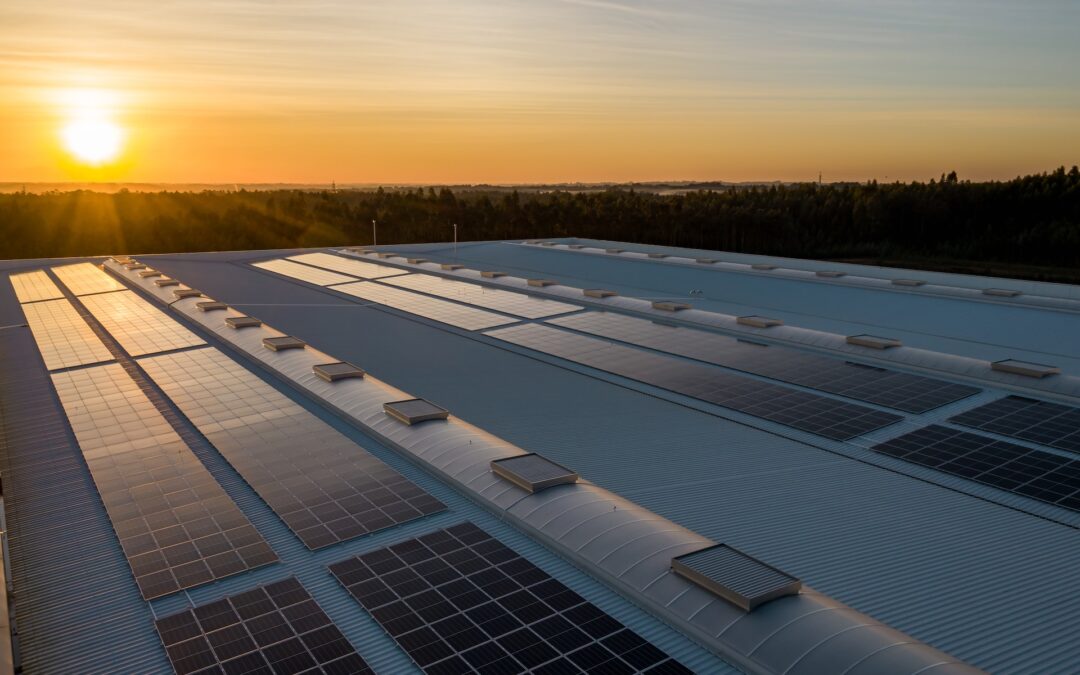
Your Guide to Creating Sustainable Operations, Part Three: Solar Panel Arrays
Many organizations have a lot of unused vacant land or roof space. If this is the case at your facility, you may be unsure of how to utilize it all. “Why not install a solar panel array?” This is the obvious choice for many. Land is usually a resource, but unused land...
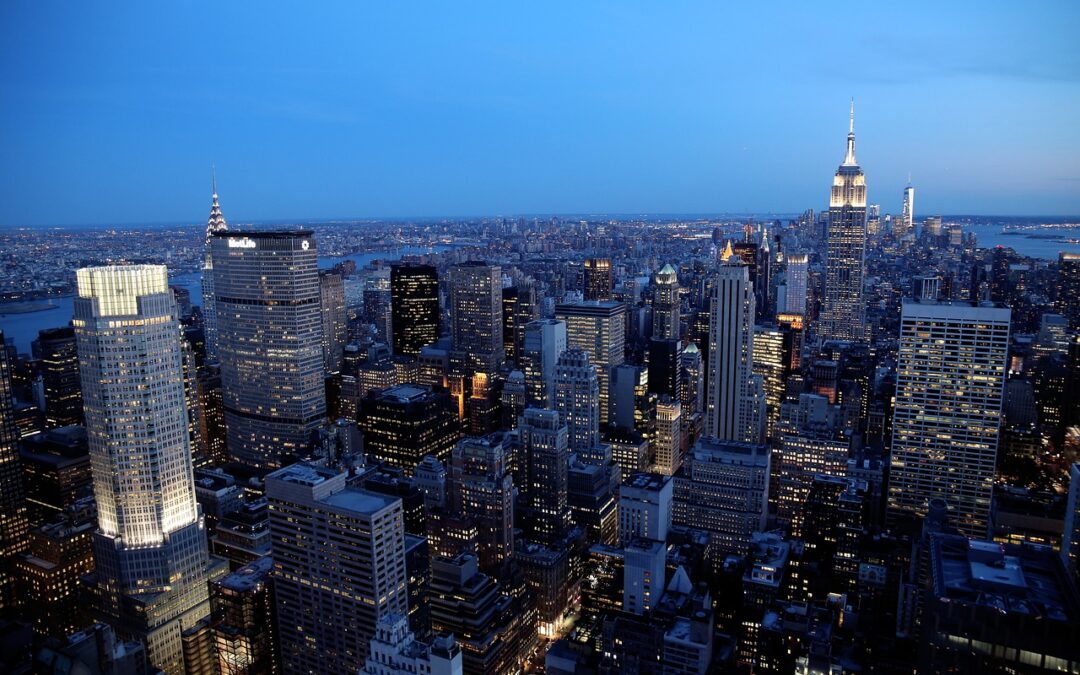
Energy Benchmarking Reports in New York City
In 2009, New York City passed Local Law 84 (LL84), which requires owners of buildings that meet certain criteria to report annually on their property's energy and water use. The law was passed to determine how much energy and water is consumed by the City’s buildings...
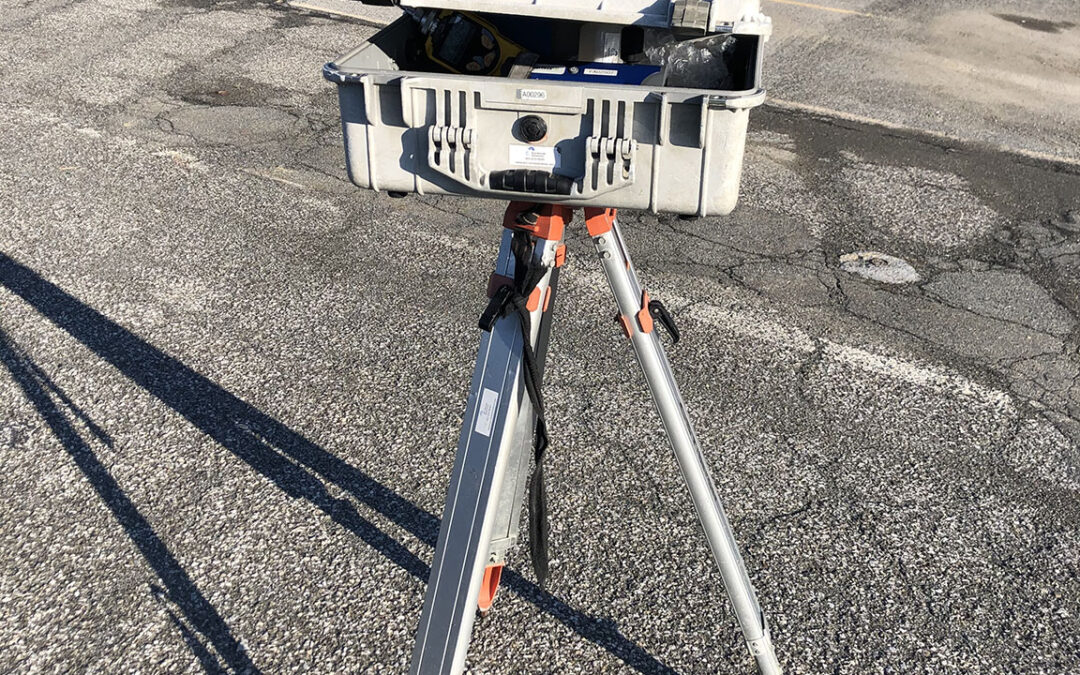
What Is a Community Air Monitoring Program?
Community Air Monitoring Programs (CAMPs) are commonly required at construction, demolition, and other sites where volatile organic compounds (VOCs), dust, or other harmful airborne substances can potentially be released into the air. The monitoring of dust, vapors,...
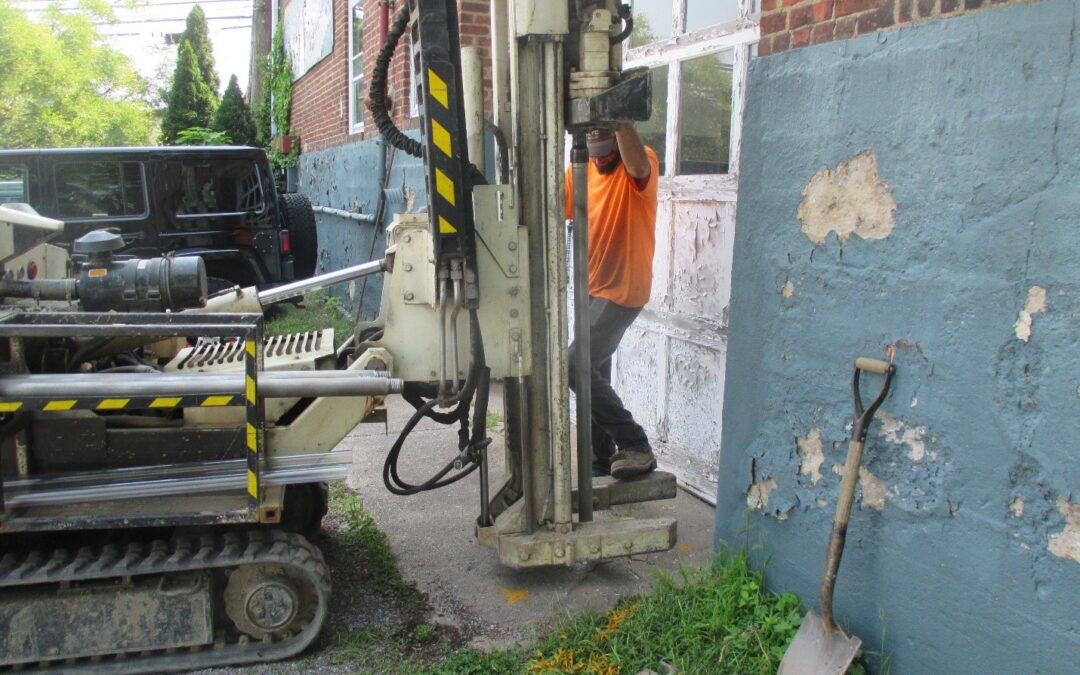
An Introduction to NYSDEC’s DER-10 Technical Guidance for Site Investigation and Remediation
Site investigations are performed when a site is suspected of being contaminated due to historic operations or when a known release of petroleum or chemical products occurs. The objective of such investigations is to determine the nature and extent of contamination in...

New York State’s Green History: From the 1970s to Now
According to the DEC, Earth Day was founded by Senator Gaylord Nelson on April 22, 1970. This national holiday has led to a variety of acts that keep us and our environment safe, including the Clean Air Act, the Safe Drinking Water Act, and the Occupational Safety and...
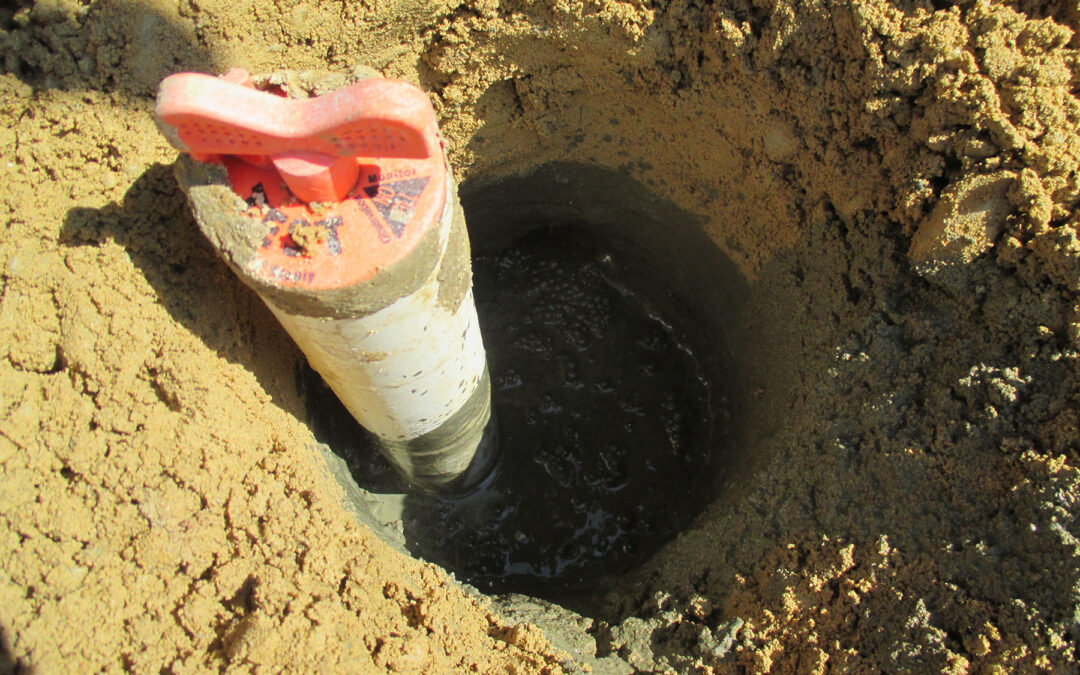
What Are Monitoring Wells and How Are They Used in Environmental Investigations?
Monitoring wells are installed into the groundwater table below sites that may be environmentally impacted from releases of petroleum products or chemicals. Monitoring wells are typically constructed of polyvinyl chloride (PVC) or stainless steel. The specific design...
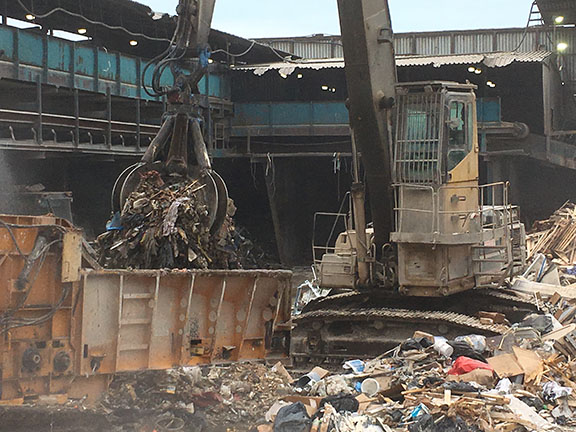
Don’t Miss the Annual Hazardous Waste Reporting Deadline!
The deadline for submitting Annual Hazardous Waste Reports is Wednesday, March 1. If you are a Large Quantity Generator (LQG) who treats, stores, manufactures, or disposes of hazardous waste or wastewater, you are required to submit a report to the New York State...

Walden EHS Division Director Completes ISO 14001 Lead Auditor Training
Walden Environmental Engineering is pleased to announce that EHS Division Director, Mike Balda, completed ISO 14001:2015 Certified Lead Auditor Training, having finished the virtual training and three examinations last week. ISO, which stands for International...
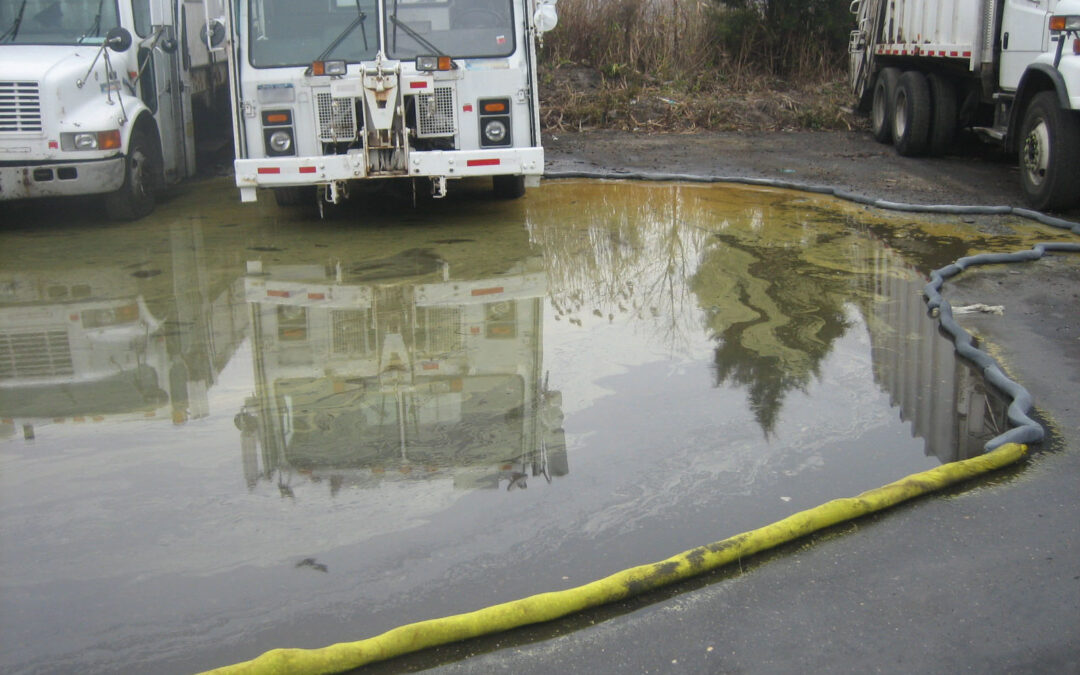
When Do You Need to Report Spills in New York State?
According to the New York State Department of Environmental Conservation (DEC), there are about 16,000 confirmed and suspected spills that get reported to the agency each year. Of those 16,000 spills, about 90% involve petroleum products. It is important to know what...

Greenhouse Gas Emissions Limits in New York City—Who and What Will Be Affected?
On December 7, 2022, New York City (NYC) passed its latest rule corresponding to the overall goal of reducing building greenhouse gas emissions over the next several decades. Section 103-14 of Chapter 100 of Title 1 of the Rules of the City of New York, herein...
